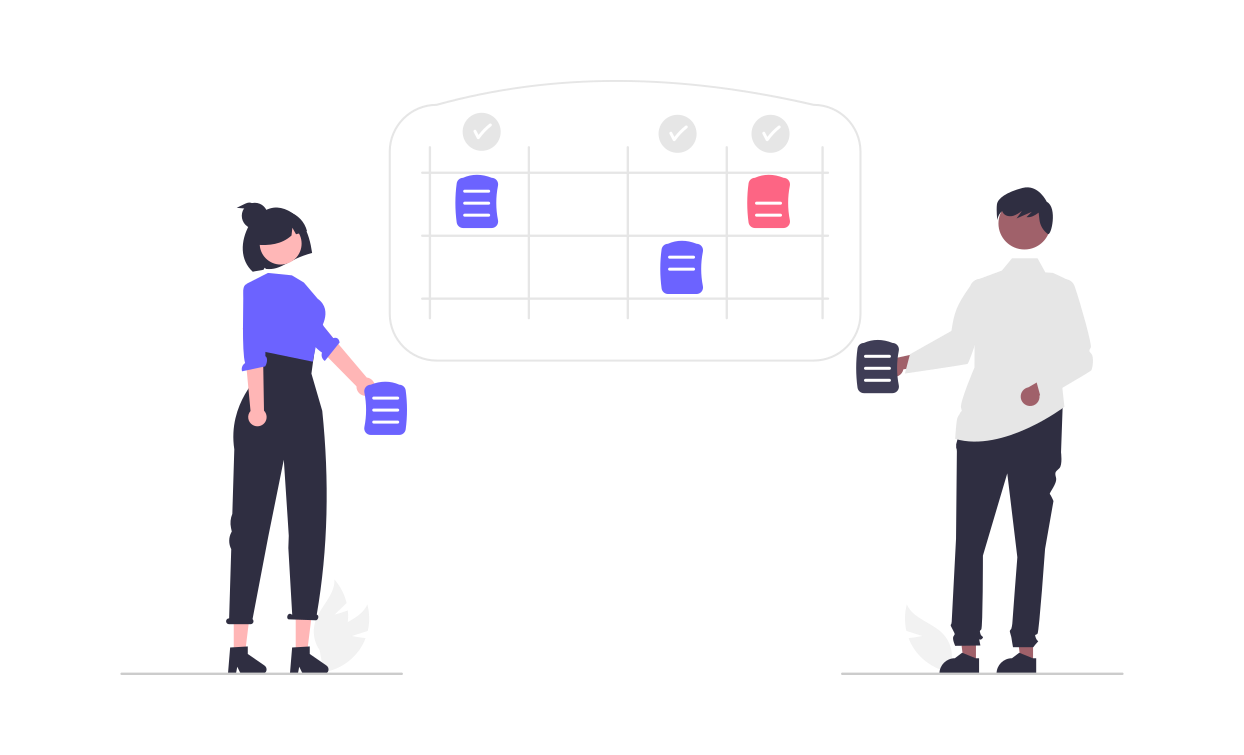In today's dynamic marketing landscape, understanding and effectively targeting your audience is more critical than ever. One of the most insightful ways to segment an audience is through psychographic segmentation, which delves into the psychological attributes of consumers, such as their values, interests, attitudes, and lifestyles. However, psychographic segmentation presents several challenges. This blog explores these challenges and provides effective solutions to enhance your marketing strategies.
Understanding Psychographic Segmentation
Psychographic segmentation goes beyond demographics to categorize people based on their psychological characteristics. This approach allows marketers to create more personalized and engaging campaigns by understanding the deeper motivations driving consumer behavior. By tapping into what truly matters to their audience, brands can forge stronger connections and foster loyalty.
Key Challenges in Psychographic Segmentation
1. Data Collection and Quality
Collecting high-quality psychographic data can be challenging. Unlike demographic data, which is often straightforward to obtain and verify, psychographic data requires a more nuanced approach. It involves gathering insights through surveys, interviews, and behavioral data analysis, which can be time-consuming and resource-intensive.
2. Interpreting Complex Data
Psychographic data is inherently complex and multifaceted. Understanding the subtleties of consumer attitudes and motivations requires sophisticated analytical tools and expertise. Misinterpretation of this data can lead to ineffective segmentation and misguided marketing strategies.
3. Dynamic Nature of Psychographics
Psychographic attributes can change over time due to various factors such as life experiences, socio-economic shifts, and cultural trends. Keeping up with these changes and ensuring that segmentation remains relevant is a continuous challenge for marketers.
4. Integration with Other Data Types
Integrating psychographic data with demographic, geographic, and behavioral data to create a comprehensive customer profile is crucial but challenging. Disparate data sources and varying data formats can complicate this integration, leading to incomplete or inaccurate customer profiles.
Effective Solutions to Overcome Psychographic Segmentation Challenges
1. Advanced Data Collection Methods
Utilize a mix of qualitative and quantitative research methods to gather psychographic data. Surveys and interviews can provide deep insights into consumer attitudes, while social media listening and sentiment analysis can offer real-time data on consumer interests and opinions. Employing AI-powered tools can also enhance data collection by identifying patterns and trends across large datasets.
2. Enhanced Data Analysis Tools
Leverage advanced analytics platforms that can handle the complexity of psychographic data. Machine learning algorithms and AI can uncover hidden patterns and correlations, providing a more accurate interpretation of consumer motivations. Visualization tools can help in presenting complex data in an easily understandable format, aiding in better decision-making.
3. Continuous Monitoring and Updating
Implement systems for continuous data collection and analysis to keep psychographic profiles up-to-date. Regularly refresh your data sources and use predictive analytics to anticipate changes in consumer behavior. This proactive approach ensures that your segmentation remains relevant and effective over time.
4. Data Integration Platforms
Use integrated marketing platforms that can seamlessly combine different data types into a unified customer profile. These platforms can consolidate psychographic, demographic, and behavioral data, providing a holistic view of the customer. Ensure that the platforms you choose offer robust data integration capabilities and are flexible enough to adapt to new data sources.
Conclusion
Psychographic segmentation offers a powerful way to understand and connect with your audience on a deeper level. However, the challenges associated with collecting, interpreting, and integrating psychographic data require careful consideration and strategic solutions. By adopting advanced data collection methods, leveraging sophisticated analytical tools, continuously monitoring changes, and using integrated platforms, marketers can overcome these challenges and harness the full potential of psychographic segmentation. Embracing these solutions will lead to more personalized and effective marketing strategies, ultimately driving better engagement and business growth.


